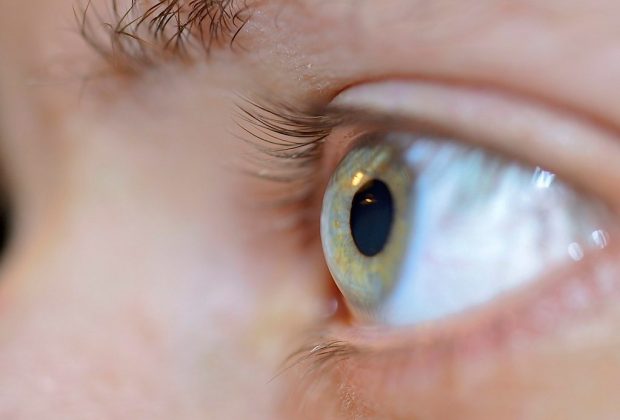The keratectomy photo-refractive is one of the surgical techniques that the excimer laser used to treat certain refractive errors such as myopia or astigmatism.
Like other laser techniques, its goal is to correct refractive errors by modifying corneal curvature, which is the cause of most low-grade myopia.
The greater the curvature of the lens, the greater its dioptric power, that is, the more magnification it has. You can make an analogy with a magnifying glass, the greater its curvature, the greater the magnification and, therefore, the better one sees near objects and less well at distant objects, this is what happens in myopia.
When is this technique indicated?
In general, laser Cataract Surgery techniques are indicated to correct low myopia, generally less than 7 or 8 diopters, depending on the characteristics of the cornea (thickness, regularity, shape, strength, etc.) which will be determined after a series of ‘complete preoperative examinations. Kraff eye institute Laser treatment is generally used to correct myopia and astigmatism below 6 to 8 diopters. The intraocular lens implant remains the technique of choice to correct the highest myopia.
The choice of LASIK or PRK technique depends on several factors.
Firstly, the thickness and resistance of the cornea, PRK being more suitable for the thinnest or most delicate corneas.
Likewise, by more effectively preserving the resistance of the cornea, PRK will be preferred for people who in their daily life are more at risk of suffering direct impacts on the eye, such as the practice of high-risk sports or contact.
So why isn’t PRK performed on all patients who want laser surgery? The answer is simple: due to the recovery time and post-operative discomfort the following days.
Removal of the epithelium requires re-epithelialization, or growth of new skin, which will take about three days, during which time the patient may experience discomfort and vision may not be optimal, which is why it is recommended to the patient to rest during this period.
Another problem that LASIK technique can present is that it can affect the sensitivity of the surface of the cornea a little more, which results in a greater likelihood of developing dry eye problems during the postoperative period in predisposed people.




